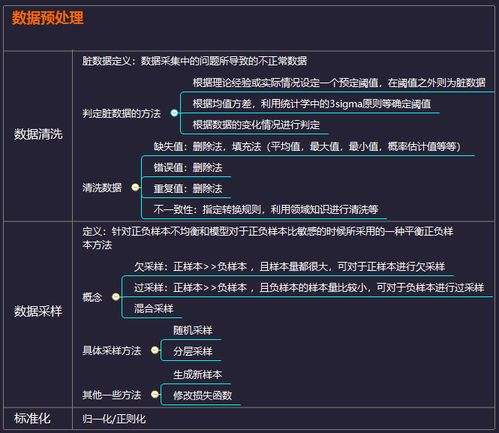MySQL Database Query Enhancement: Techniques, Strategies, and Best Practices
Understanding Query Optimization
Query optimization in MySQL databases is essential for improving the performance and efficiency of data retrieval processes. The primary objective of query optimization is to analyze and modify SQL queries to reduce their execution time and resource consumption. When databases grow and the volume of user requests increases, inefficient queries can lead to reduced performance, slower response times, and a poor user experience. Various techniques and methodologies can be used to enhance query performance, including indexing, analyzing execution plans, and using efficient SQL statements.
Effective Indexing Strategies
One of the most effective ways to optimize MySQL queries is through the proper use of indexing. Indexes are data structures that improve the speed of data retrieval operations on a database table. By creating indexes on frequently queried columns, the database engine can locate rows much faster than scanning the entire table. When implementing indexing, it's important to consider the following strategies:
- Create indexes on columns that are often used in WHERE clauses and join conditions.
- Utilize composite indexes for queries that filter using multiple columns.
- Avoid over-indexing, as it can slow down write operations such as INSERT, UPDATE, and DELETE.
Regularly analyze your queries to ensure that the indexing is effective. Use the EXPLAIN statement to examine how MySQL executes a query and to determine whether the query is utilizing the indexes properly. This analysis can inform whether you need to refine your indexing strategy further.
Analyzing and Optimizing Execution Plans
The EXPLAIN statement is a valuable tool in MySQL for examining how queries are executed. It provides insights into the execution plan, revealing how tables are joined and the order in which tables are processed. By understanding the execution plan, you can make informed decisions to optimize your queries. Some common areas to focus on when analyzing execution plans include:
- Check the join types: Opt for INNER JOIN over OUTER JOIN where possible, as INNER JOINs are typically faster.
- Look at the possible keys: Ensure that MySQL is considering the correct indexes for faster execution.
- Examine rows examined: Minimize the number of rows the query needs to examine to improve performance.
Incorporating insights from execution plans into your query design is critical for enhancing performance. Adjusting the structure of your queries based on these insights can lead to significant performance gains.
Leveraging Efficient SQL Practices
Using efficient SQL practices is another fundamental aspect of query optimization. When writing SQL queries, consider the following best practices:
- Use SELECT statements wisely: Only select the columns you need instead of using SELECT to fetch all columns from a table.
- Limit results using the LIMIT clause when feasible to reduce the dataset size.
- Use WHERE clauses to filter records effectively and avoid unnecessary data processing.
Moreover, avoid using subqueries if possible, as JOINs can often perform better than nested SELECT queries. Streamlining your SQL statements can lead to better performance and resource usage.
In summary, optimizing MySQL database queries is a vital practice for enhancing performance and efficiency. By understanding query optimization, implementing effective indexing strategies, analyzing execution plans, and leveraging efficient SQL practices, database administrators can significantly improve the performance of their MySQL databases.





